Editor’s Note: Roy Schwartz is the author of the new book “Is Superman Circumcised? The Complete Jewish History of the World’s Greatest Hero.” Follow him on Twitter, Instagram and Facebook and at royschwartz.com. The views expressed here are his own. View more opinion at CNN.
Today, superheroes are everywhere. They’ve leapt out of their native medium of comics in a single bound to clothes, toys, video games, TV shows and, of course, movies. They often dominate the box office unchallenged, routinely earning billion-dollar hauls. Hundreds of millions of people around the world watch them, making them some of the most popular stories in human history.
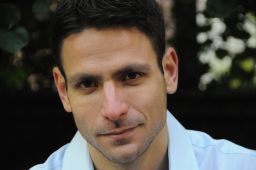
Much of that is owed to Jack Kirby, the most prolific and arguably most important comic book artist ever. Marvel Studios’ newest film, “Eternals,” which opens November 5, features a star-studded cast including Angelina Jolie, Salma Hayek and Kumail Nanjiani. It’s based on Kirby’s 1976 comic book, about a race of immortals created by giant aliens to defend humanity against their other creation, the Deviants. The film is a reminder that, while he may not be widely recognized as such, Kirby is one of the most influential artists of the 20th century.
Kirby, who died in 1994, was foundational to the success of the Marvel Cinematic Universe as it currently exists – he was a chief architect of the comics from which it’s adapted. No other comic book artist has had a bigger impact on the field.
But his legacy far exceeds comics and superheroes. His signature style – a fusion of pivotal artistic movements such as cubism, expressionism, surrealism, avant-garde, op art, indigenous South American, midcentury commercial and futurism, blended into a visual language all his own – and innovation in composition, dynamism and design, can be found today in virtually all forms of visual media and art, from film to advertising to photography.
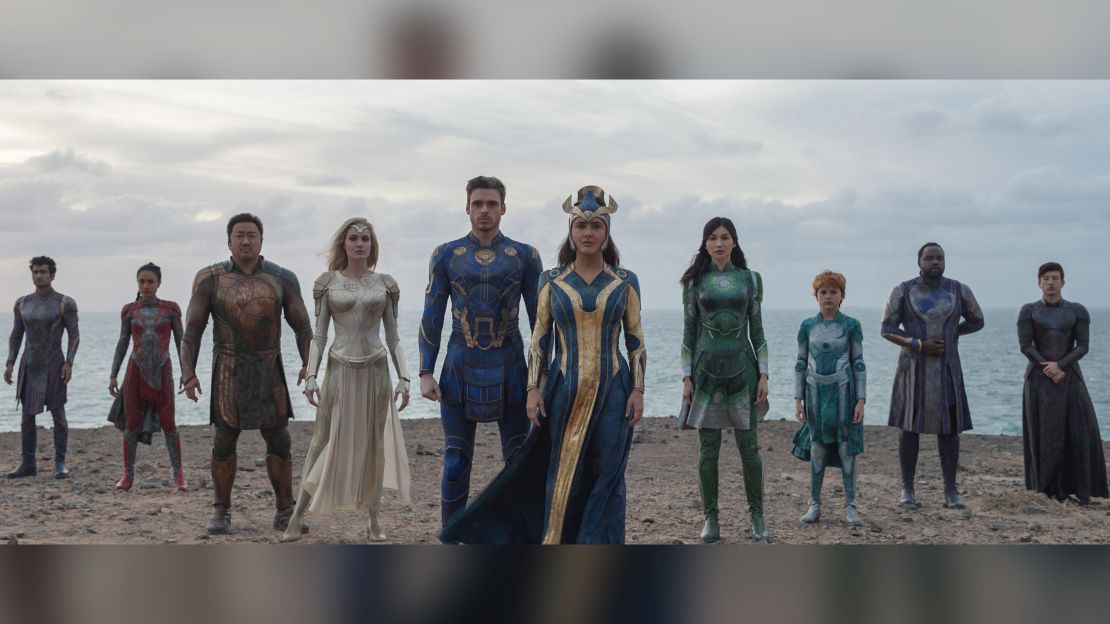
Kirby was born Jacob Kurtzberg in 1917 to Jewish immigrants from Austria who lived in New York’s Lower East Side tenements and eked out a living in a garment factory. A Pratt Institute dropout at 14, he found success early on when he and studio partner Joe Simon created Captain America for Timely Comics in 1941, reportedly selling almost a million copies a month. His hyperkinetic, hyper-stylized, hyper-everything art seemed barely contained by the page, helping define the nascent art form and establish the superhero genre and comic book industry.
When superheroes’ popularity waned after the war, the versatile Kirby made an indelible mark on a variety of other genres, including western, horror, space adventure and giant monsters. His rampaging behemoths paralleled the rise of creature features like “Them!” in the US and kaiju films like “Godzilla” in Japan, helping make them a lasting genre. But it was teen romance, of all things, that he influenced the most; together with Simon he created “Young Romance” for Prize Comics in 1947, a runaway hit that surpassed a million copies monthly and inspired nearly a hundred copycat series. Breaking with the Archie Comics mold, it introduced Shakespearean melodrama to youth entertainment, a revolution that’s evident in today’s numerous teen shows on TV.
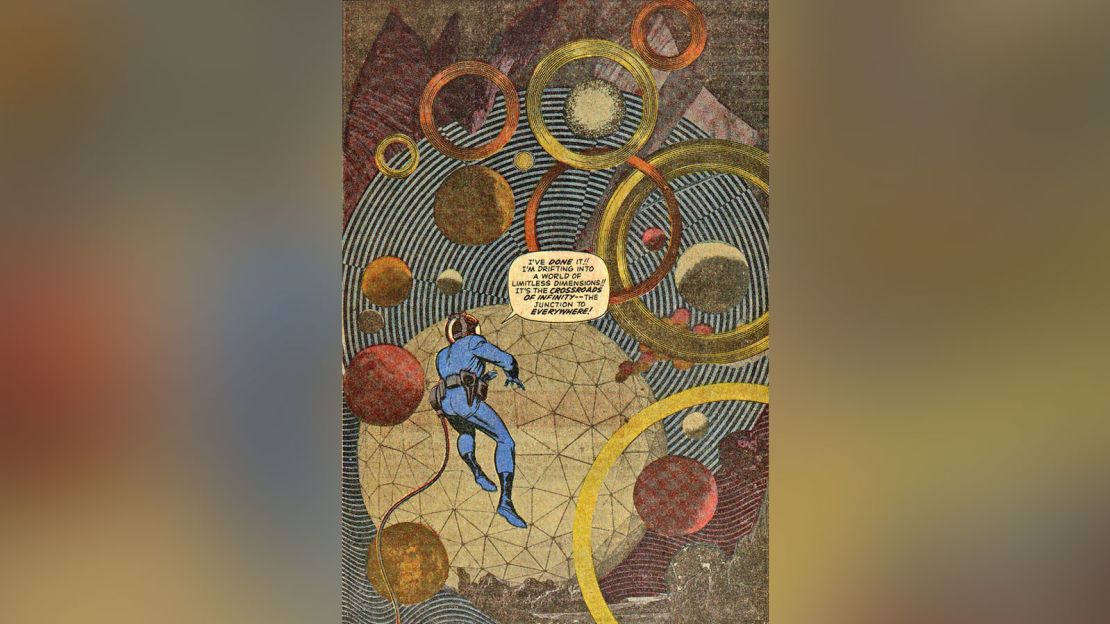
Just as Kirby helped define superhero comics in the 1940s, he helped redefine them in the 1960s. Timely was now called Marvel, and his and Simon’s former office assistant was now the editor-in-chief and head writer, Stan Lee. Lee brought Kirby on for what became an unprecedented, and unsurpassed by either, period of manic creativity. They created together the Fantastic Four (1961), the Hulk (1962), Thor (1962), Ant-Man (1962), Iron Man (1963), Avengers (1963), X-Men (1963), Silver Surfer (1966), Black Panther (1966) and hundreds of other heroes, villains, cast and concepts. Kirby also played a role in the creation of Spider-Man in 1962 and Daredevil in 1964 and auteured solo properties like the Eternals.
More than just a new pantheon, they created a whole new approach. They recast monsters as outcast heroes and added the drama of teen romance, appealing more to high school and college readers. Their stories had greater realism and deeper characterization, featuring heroes with relatable faults and action informed by Kirby’s youth in a street gang and combat experience as an infantry scout in France, for which he received the Bronze Star. Marvel came to be known as “The House of Ideas,” Lee as “Stan the Man” and Kirby as “King of Comics.”
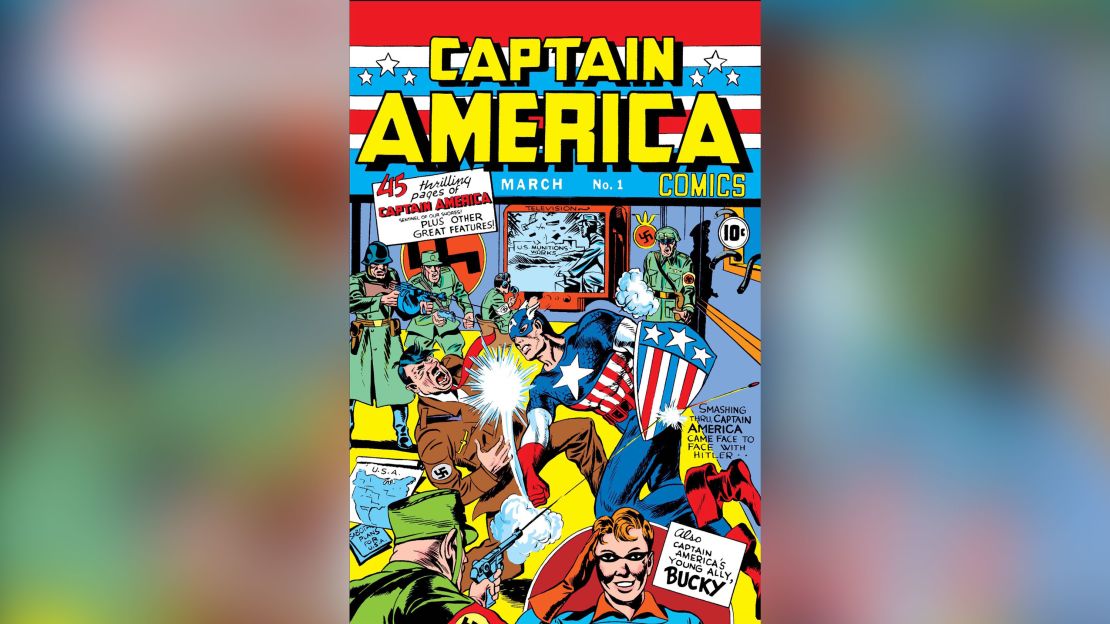
Kirby also created much of the mythology for the other big publisher in comics, DC. His radical “Fourth World” saga, a magnum opus spinning off Superman into four series from 1970 to 1973, was a grand space opera about warring alien gods. It introduced Darkseid (pronounced “dark side”), a towering, imperious villain who commands the mechanized war planet of Apokolips in a quest for galactic conquest. Opposing him is his own son Orion, raised by the noble gods to be their champion, who struggles with his dark heritage and nature. Their religion and source of power is a metaphysical life force called, simply, “the Source.”
Four years later “Star Wars” was released, featuring strikingly similar concepts like Darth Vader and Luke Skywalker, the Dark Side, the Death Star, and the Force. Vader also resembles Kirby and Lee’s Fantastic Four villain Dr. Doom, who hides his horrific burn scars under high-tech armor. “Star Wars” changed cinema and merchandizing forever, and today is the only franchise to give Marvel a run for its money. (Of the top ten highest-grossing films of all time, three are Marvel and one is Star Wars.) Though George Lucas never acknowledged these parallels, they’ve been commented on by many, including Kirby himself.
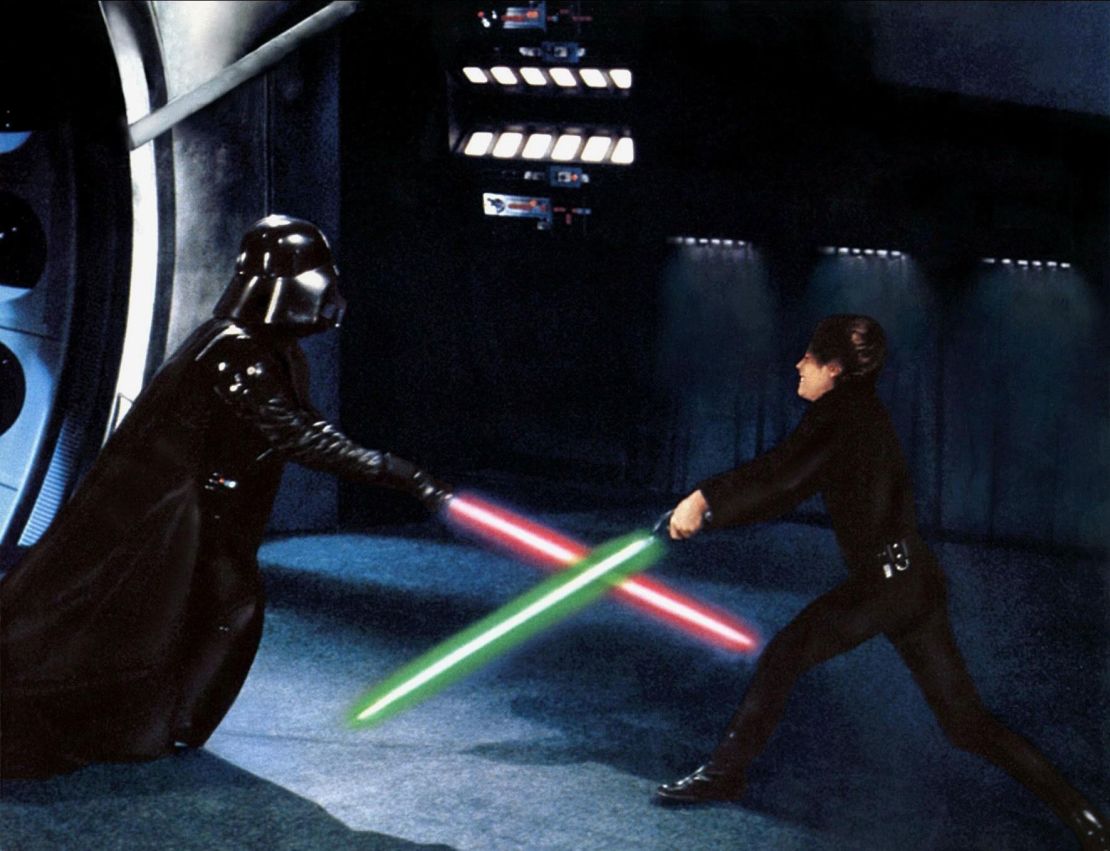
A franchise creator who does credit Kirby’s work as an influence is “Game of Thrones” author George R. R. Martin, who as a teen even got his fan mail published in “Fantastic Four.” Director Guillermo del Toro is a professed fan of Kirby’s monster designs. Author Michael Chabon is also a dedicated fan and a collector of original Kirby art. His Pulitzer Prize-winning novel, “The Amazing Adventures of Kavalier & Clay,” is based in part on Kirby’s life and is dedicated to him in the afterword.
More than just an influence, Kirby was also at the heart of the pop art movement – literally. Richard Hamilton’s 1956 collage, “Just what is it that makes today’s homes so different, so appealing?”, considered the first significant pop art, includes at its center Kirby’s cover of “Young Romance” #26. Roy Lichtenstein based his 1963 painting “Image Duplicator” on a Kirby panel from “Uncanny X-Men” #1.

Kirby became a name among those in the know. (Johnny Carson, mistaking his “King of Comics” moniker to mean comedians, mocked him on “The Tonight Show” in 1982. He later apologized. Kirby also made a guest appearance as himself on Bob Newhart’s sitcom “Bob.”) In 1979, he was commissioned to create concept art for a big-screen adaptation of Roger Zelazny’s science fiction novel, “Lord of Light” (ironically, spurred by the success of “Star Wars”).
The same producer also hired him to design an entire theme park in Colorado called Science Fiction Land. Neither would come to fruition, but Kirby’s art found an even better purpose. The CIA used it for its mock production of the film “Argo,” a now-famous covert operation for the rescue of US embassy members from Tehran during the Iran hostage crisis.
In 2009 Disney bought Marvel, “The House That Jack Built,” for $4.2 billion. Over the next decade it released 20 immensely successful films, culminating in 2019’s “Avengers: Endgame,” which alone earned $2.8 billion. Kirby’s co-creations had become the biggest intellectual property in history – something that Kirby, ever the visionary, predicted back in the sixties.
Kirby’s significance to comics is like Shakespeare’s to literature; the great master of the form, the virtuoso who coined much of its idioms and tropes, forever its highest standard. He may not be a household name but his influence, direct and indirect, can be seen practically everywhere. He is a founding father of modern popular culture. Like his latest creation to reach the big screen, the King’s influence is eternal.



